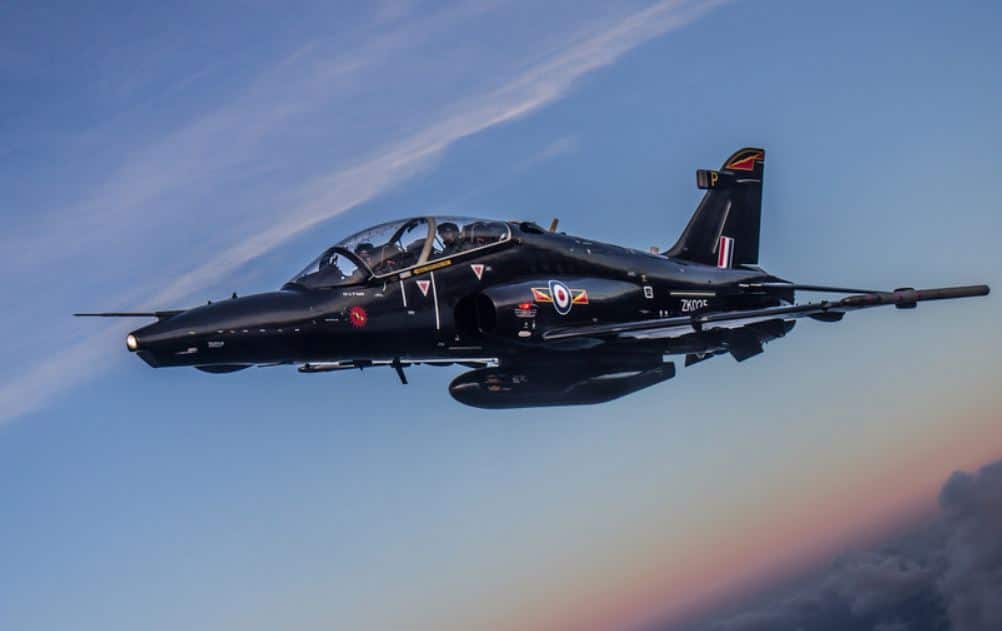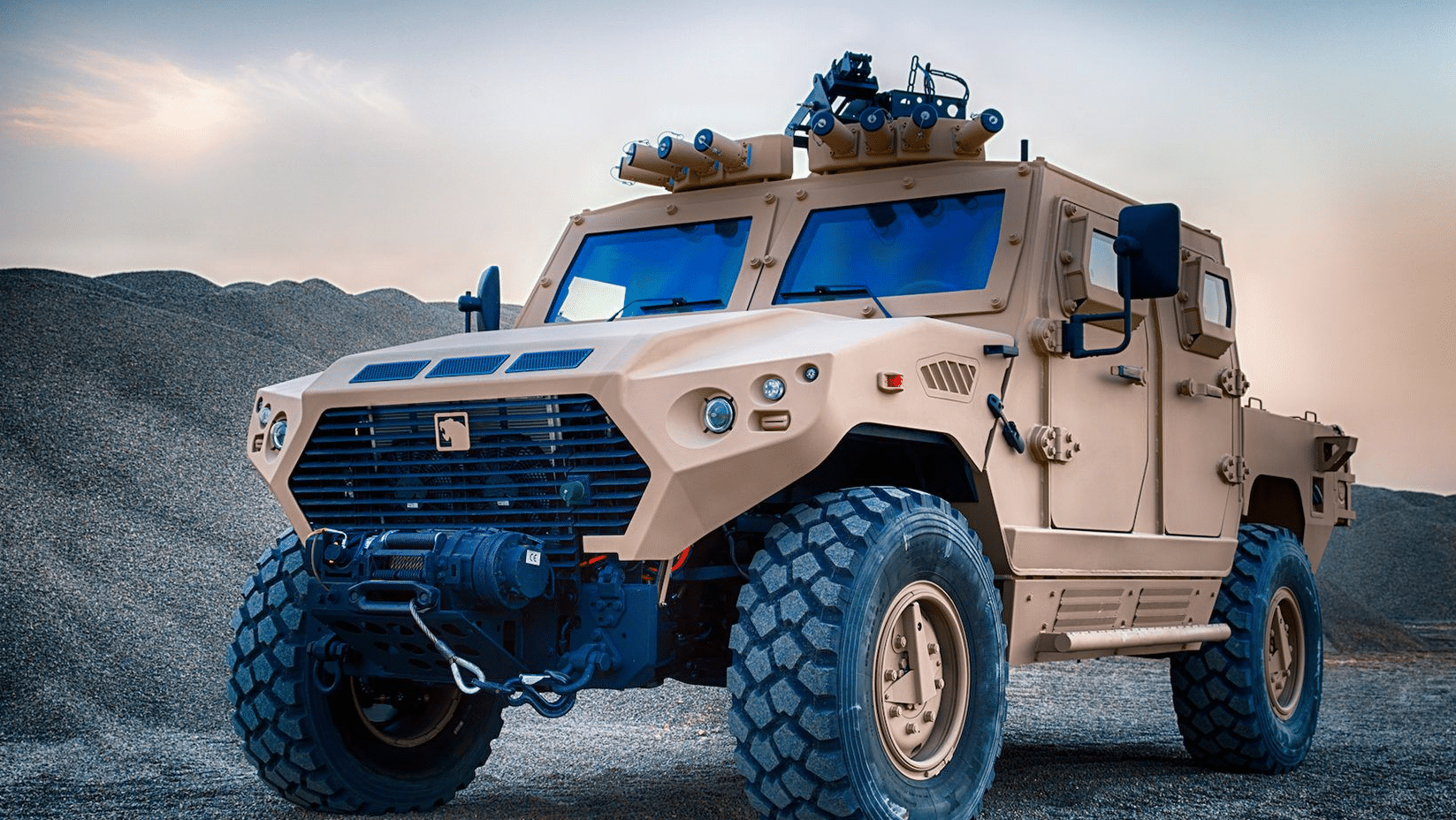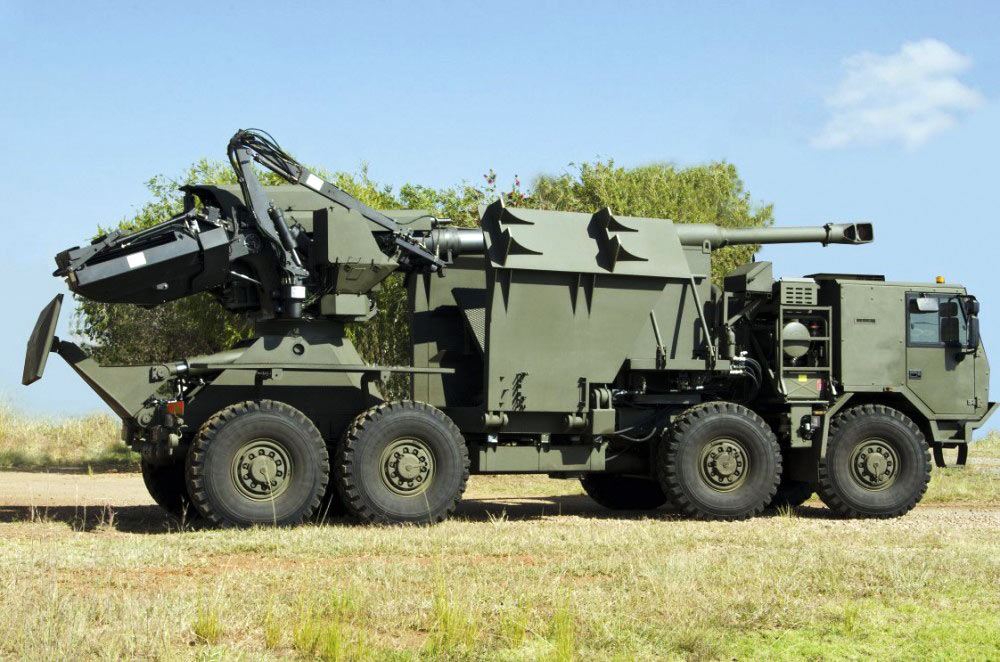2112Views 1Comment

Qatar increases Hawk trainer purchase from BAE Systems
Qatari Defence Minister Khalid bin Mohammad Al Attiyah announced that it will increase its order for BAE Hawk trainer aircraft from six to nine aircraft.
Al Attiyah made the announcement at the Royal United Services Institute in London.
The Hawk trainers are part of a multi-billion-dollar arms package Qatar is buying from the U.K., which will also include 24 Eurofighter Typhoon multi-role fighters. Qatar inked the $8 billion U.S. deal in December of last year. Doha’s first payment is scheduled for mid-2018, with deliveries expected to begin in late 2022.
A unique aspect of Doha’s Eurofighter Typhoon purchase is that it also includes the formation of a ‘Joint Operation Squadron’ involving the Qatar Emiri Air Force (QEAF) and the Royal Air Force (RAF), this would see the RAF maintain a presence in Qatar.
The QEAF is likely seeking the Hawk to supplant its aging Dassault Alpha Jets, which are used for advanced training and ground-attack missions. However, this notion is contingent on Qatar procuring the Hawk 127 or Hawk 128-series, which were designed for a dual-training and combat role.
The Hawk 128 (i.e. Hawk T2) is powered by a Rolls-Royce Adour Mk951 turbofan engine, which provides a thrust of 29 kN. The Hawk T2’s cockpit environment uses three multi-function displays with a head-up display and hands-on-throttle-and-stick control interface. It has a payload capacity of 3,000 kg.
BAE Systems promotes the Hawk T2 as a robust LIFT solution in that it aims to bring the subsystems and operating environment of the RAF’s frontline fighters – e.g. the Typhoon – to trainer, acclimating pilots to their next training step (operational conversion) earlier.
Qatar’s procurements from the U.K. join other multi-billion-dollar deals, including a purchase of 36 Boeing F-15QA and 36 Dassault Rafale (originally 24, but in December 2017 it exercised its option for another 12). Overall, Qatar is pursuing a defence modernization roadmap of qualitative and quantitative enhancement.



1 Comment
by Steve
LIFT is for air forces that don’t train as rigorously as PAF and don’t have as much wastage (or choice in excellence). We have Tweety Bird and K-8. No point in wasting money on expensive Western toys, but the Arabs don’t know any better.